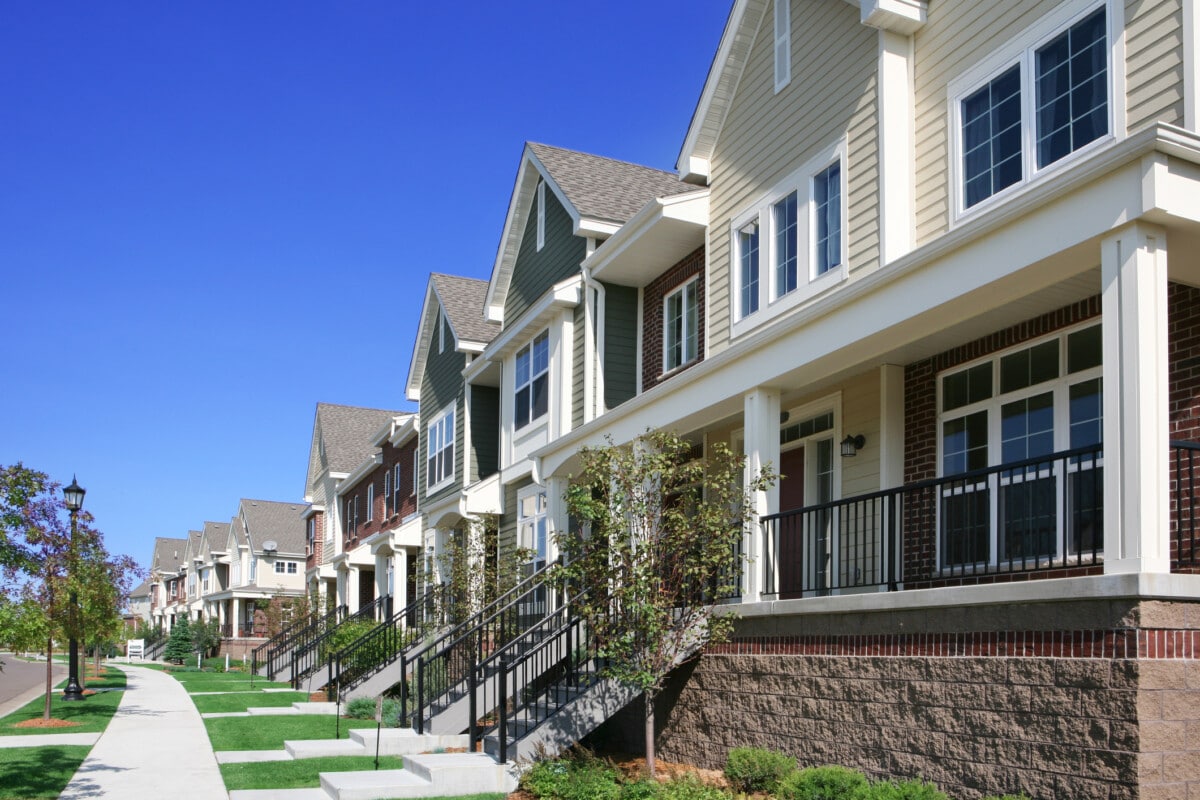Rent prices have dipped in more than 300 Queensland markets since the end of last year in a first sign of an easing of conditions across the state’s excruciatingly tight housing market.
Latest PropTrack data shows tenants in Brisbane and the regions were granted some relief, with weekly rent down by up to $100 in some suburbs.
Rents fell by more than 10 per cent in the last three months in 14 house or unit markets, with tenants in Bowen in North Queensland, and Runaway Bay and Hollywell on the Gold Coast recording the biggest drops.
Houses in Bowen were renting at $450, down 19.6 per cent or $110 between November 2024 and February.
A three-bedroom, one-bathroom home for rent at 20 Thomas St, Bowen for $600 a week
MORE NEWS
Grim amount needed to afford average Aussie rental
Shock housing prediction revealed
10-year saving stat that kills first-home buyer hope
Rent was down 10 per cent, or $100 a week, in Runaway Bay and Hollywell.
Across Greater Brisbane, Macleay Island, Bongaree and Wilston recorded the biggest reductions for houses, with rent down between $60 and $80 for new tenants.
For units, renters in Hillcrest would save $63 a week compared to in November, and $60 in Windsor.
But PropTrack economist Anne Flaherty said the state’s rent crisis remained entrenched, with a year-on-year comparison showing prices were up in 88 per cent of suburbs.
“There is good news for some renters, with rents falling over the past 12 months in a select few suburbs across both Greater Brisbane and the rest of the state. However, this isn’t the norm,” Ms Flaherty said.
A three-bedroom house at Worongary renting for $1,500 a week
Renters in Greater Brisbane were paying an additional $230 per week on average, equating to $11,960 per year, compared to March 2020.
In regional Queensland, rents were up $240 per week over the same period, or $12,480 per year.
“Conditions are likely to remain tough and could deteriorate further for renters and home buyers alike in Queensland, with population growth continuing to outpace the supply of new housing,” she said.
Over the two-year period of 2023-2024, there was around a 40% shortfall in the number of homes built compared to what was needed to accommodate population growth over that time.
“Rents are predicted to continue to rise in most suburbs over 2025, particularly in suburbs where population growth is strongest.”
PropTrack economist Anne Flaherty
Quarterly figures showed rent prices increased again between November and February in 281 house or unit markets, and remained stable in a further 248 suburbs.
Tenants were paying an extra $100 a week in riverside Bulimba, where the median rent hit $1,200 – up 9 per cent from three months prior.
Sherwood, Hamilton and Westlake all recorded hikes of about 8 per cent.
But tenants in the regions were hardest hit, led by houses in Worongary on the Gold Coast, up 14 per cent or $125 to $1,025, then units in Rockhampton and Budjimba (Sunshine Coast), both up about 10 per cent.
Buyers’ agent Lloyd Edge said recent market conditions backed figures showing some relief for struggling renters.
Aus Property Professionals buyers’ agent Lloyd Edge
“There is no doubt it is a very tough time for renters in Queensland,” the Aus Property Professionals founder and author of Positively Geared said.
“Rental markets are expected to remain tight due to continued population growth, migration, and supply shortages.
“However, with interest rates easing the burden on landlords, any further rate cuts may drive down demand for rental properties as buying property becomes more affordable, and we are expecting more first-home buyers to enter the market.”
In turn, landlords may hold or even lower rent prices to avoid vacancies.
For investors, Mr Edge advised targeting locations with strong infrastructure and long-term rental demand, such as Brisbane’s inner suburbs.
“Investors should be aware of government policy changes and be prepared to navigate tighter rental regulations that could impact returns.”
REIQ CEO Antonia Mercorella
Real Estate Institute of Queensland (REIQ) CEO Antonia Mercorella said the shortage of rental supply in Queensland remained a significant concern.
The statewide vacancy rate was just 1 per cent at the end of 2024.
“Throughout 2024, rental conditions in Queensland have remained challenging, with limited rental stock and vacancy rates remaining exceptionally tight across most parts of the state,” Ms Mercorella said.
She said Queensland’s rental population was higher than the national average at 32 per cent, highlighting the need for policies to increase availability of rental stock, and support renters transitioning into homeownership.
“The ongoing scarcity of rental supply is putting a strain on affordability, leading many renters to adapt by exploring alternative living arrangements that economise on housing costs,” Ms Mercorella said.
A house on Brisbane St, Bulimba renting at $1000 a week
“Share housing, co-tenancy and moving in with extended family members have become increasingly common strategies to help alleviate the competition and cost pressures associated with tight supply and rising rents.
“The limited availability of rental properties is also stifling job mobility across the state — for example, relocating for work, study, or family reasons has become increasingly challenging,” she said.
Tenants were staying in their properties longer due to the lack of alternatives, further decreasing turnover.



















 English (US) ·
English (US) ·